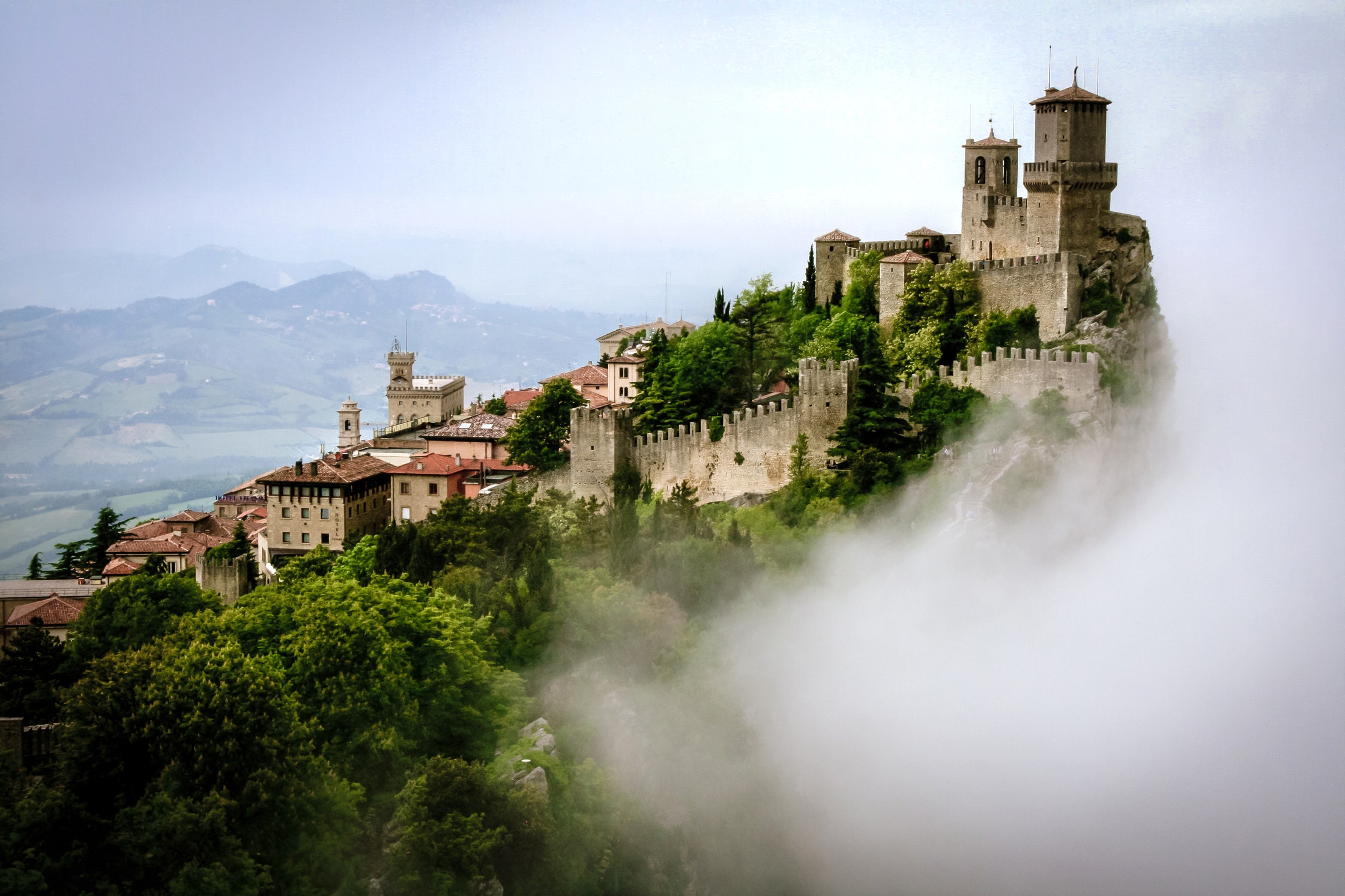Exploring the Oldest Country in the World: San Marino
What is the oldest country in the world? Depending on whom you ask, responses may vary. Some may argue that it is China or Greece, where ancient cities trace back to centuries BCE. However, borders and cultures have evolved over time, making many present-day nations relatively young.
For instance, modern Russia emerged from the dissolution of the Soviet Union in 1991, and its current constitution is only 20 years old. Additionally, Iran, officially the Islamic Republic of Iran, will turn 45 next year; it became a republic in 1979 following the Iranian Revolution. While Rome was founded in 753 BCE, the Republic of Italy, as recognized today, is only about 60 years old, established in 1946 following a referendum that replaced the monarchy. Furthermore, the People’s Republic of China was proclaimed in 1949, and modern Greece—officially the Third Hellenic Republic—began in 1974 after the monarchy was abolished.
Although empires rise and fall, San Marino—a small enclave in the heart of Italy—has endured since the year 301. This remarkable resilience can be attributed to its compact size and political acumen. Interested in learning more? Here’s an introduction to San Marino, the titleholder of the oldest country in the world.
San Marino: The Oldest Country
What is San Marino? If you haven’t heard of it, you’re not alone. San Marino is the third smallest country globally, covering around 24 square miles—larger than both the Vatican and Monaco, but smaller than Liechtenstein and Washington, D.C. This self-governing country is located in Central Italy, nestled between the regions of Emilia-Romagna and Marche. Notably, San Marino’s western border is just a 20-minute drive from the coastal Italian town of Rimini, situated along the Adriatic Sea. Consequently, it serves as an excellent day trip from Bologna, which is less than two hours away by road.
In the heart of San Marino, the majestic Monte Titano commands attention with three medieval towers crowning its peaks: the Cesta, the highest point; the Montale, the smallest; and the Guaita, the oldest and perhaps the most iconic fortress of the trio. The walled City of San Marino, the nation’s capital, is perched on the western slopes of Monte Titano. The historic center of the city, along with Monte Titano itself, was designated a UNESCO World Heritage Site in 2008, showcasing its cultural significance.
Consequently, San Marino represents not only a significant historical entity but also offers stunning landscapes and a rich tapestry of culture. As you explore this tiny republic, you will discover a blend of breathtaking natural beauty and a wealth of history that has stood the test of time.




